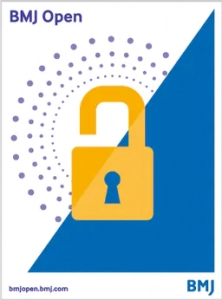Lens power in Iranian schoolchildren: a population-based study
Authors
Affiliations
1Noor Research Center for Ophthalmic Epidemiology, Noor Eye Hospital, Tehran, Iran.
2Department of Pathology, Laboratory of Ocular Investigations, School of Medicine, University of Buenos Aires, Argentina.
3Department of Medical Surgical Nursing, School of Nursing and Midwifery, Shahid Beheshti University of Medical Sciences, Tehran, Iran.
4Noor Ophthalmology Research Center, Noor Eye Hospital, Tehran, Iran.
5Ophthalmic Epidemiology Research Center, Shahroud University of Medical Sciences, Shahroud, Iran.
6Department of Epidemiology and Biostatistics, School of Public Health, Tehran University of Medical Sciences, Tehran, Iran.
Abstract
Aims: To evaluate lens power (LP) in schoolchildren aged 6-12 years.
Methods: This cross-sectional study was conducted in Shahroud, northeast Iran. The students were selected through random cluster sampling and underwent the measurements of biometry, uncorrected and corrected visual acuity, non-cycloplegic and cycloplegic refraction. The LP was calculated using the Bennett formula.
Results: Of 6624 invited children, 5620 (84.8%) participated in the study and data of 4870 children were finally analysed. The mean age of the participants was 9.7 years and 2277 participants (46.02%) were girls. The mean LPs were 22.86 dioptres (D) in total study population, 23.91 D in 6 and 22.10 D in 12-year-old children. The mean LP was higher in girls than boys (23.48 D vs 22.34 D), in rural children than urban children (23.17 D vs 22.83 D) and in children with hyperopia (23.25 D) than children with myopia or emmetropia (22.64 D and 22.86 D, respectively). In the multiple linear regression model, lens thickness (β=1.59, p<0.001), anterior chamber depth (β=2.21, p<0.001) and female sex (β=0.016, p=0.015) were associated with an increase in the LP, while axial length (AL) (β=-4.41, p<0.001), corneal power (CP) (β=-1.47, p<0.001), spherical equivalent (SE) (β=-1.50, p<0.001) and age (β=-0.005, p=0.001) were associated with a decrease in the LP. AL and sex had the highest and lowest impact on LP, respectively. Conclusion: LP decreased with age between 6 and 12 years and was associated with a shorter AL, deeper ACD, higher SE, thicker lens and lower CP.
Keywords: children; iran; lens power; ocular biometry; ocular components.

